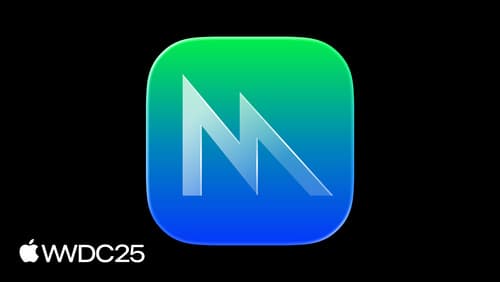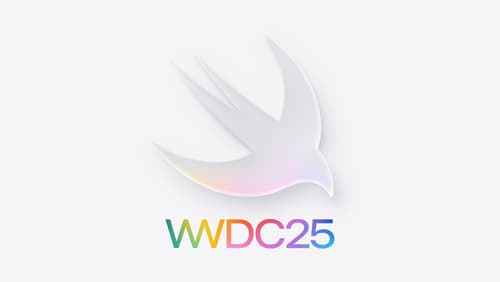How can I use a metal shader for computation
Asked on 2025-06-12
1 search
To use a Metal shader for computation, you can leverage the capabilities of Metal 4, which provides a robust framework for integrating machine learning and graphics. Here are some key points to consider:
-
Metal Shading Language: Shaders are written in the Metal shading language and compiled to GPU binaries that can be executed by the hardware. You have control over when shader compilation occurs, which can be managed using the Metal 4 compiler interface.
-
Metal Performance Primitives: These are shader primitives designed to execute complex calculations and can natively operate on tensors. They are optimized for Apple Silicon, allowing you to embed small networks into your shaders.
-
Tensor Operations: Metal 4 introduces tensors as a new resource for machine learning workflows. Tensors are multidimensional data containers that can be used in all shader stages. You can perform operations like matrix multiplication and convolution directly in your shaders using ShaderML.
-
ShaderML: This feature allows you to embed machine learning operations inside your shaders, making it easier to perform multiple ML operations in a single shader. This approach is cache-friendly, requires fewer dispatches, and uses less memory bandwidth.
-
Integration with Machine Learning: You can run inference networks directly in your shaders to compute lighting materials and geometry, enabling highly realistic visual effects. Metal 4 also supports the integration of machine learning with traditional graphics.
For more detailed information on how to implement these techniques, you can refer to the session Combine Metal 4 machine learning and graphics (12:51) which covers embedding ML in your shader.

Discover Metal 4
Learn how to get started leveraging the powerful new features of Metal 4 in your existing Metal apps. We’ll cover how Metal enables you to get the most out of Apple silicon and program the hardware more efficiently. You’ll also learn how Metal 4 provides you with new capabilities to integrate machine learning into your Metal code.

Combine Metal 4 machine learning and graphics
Learn how to seamlessly combine machine learning into your graphics applications using Metal 4. We’ll introduce the tensor resource and ML encoder for running models on the GPU timeline alongside your rendering and compute work. Discover how shader ML lets you embed neural networks directly within your shaders for advanced effects and performance gains. We’ll also show new debugging tools for Metal 4 ML workloads in action using an example app.

Platforms State of the Union
Discover the newest advancements on Apple platforms.
